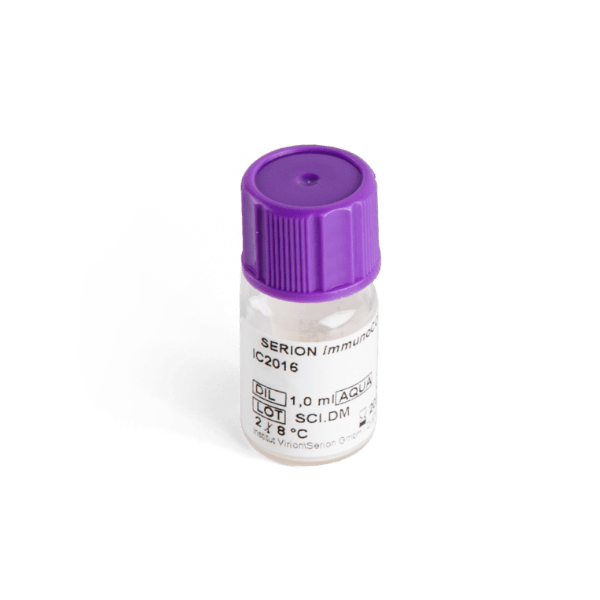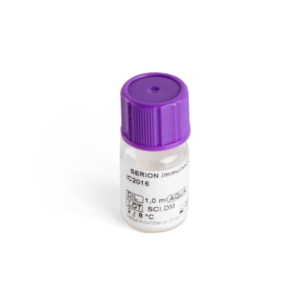| Weight | 1 lbs |
|---|---|
| Dimensions | 9 × 5 × 2 in |
| target | Chlamydia trachomatis reactive IgM |
| species reactivity | Chlamydia trachomatis |
| applications | ELISA |
| assay type | Indirect & quantitative |
| available size | 3 mL |
Chlamydia trachomatis IgM Control Serum BC1372M
$94.00
Summary
- Virion/Serion Diagnostic Kit Control for research use (RUO)
- Chlamydia trachomatis IgM Control Serum
- Applications: ELISA
- IgM control serum
- Ready-to-use; pre-diluted for SERION ELISA classic and SERION ELISA antigen assays
- 3 mL
Chlamydia trachomatis IgM Control Serum BC1372M
| target relevance |
|---|
| Organism Chlamydia trachomatis |
| Protein names Chlamydia trachomatis |
| Structure and strains Chlamydia trachomatis, commonly known as chlamydia, is a bacterium that causes chlamydia, which can manifest in various ways, including: trachoma, lymphogranuloma venereum, nongonococcal urethritis, cervicitis, salpingitis, pelvic inflammatory disease. C. trachomatis is the most common infectious cause of blindness and the most common sexually transmitted bacterium. Different types of C. trachomatis cause different diseases. The most common strains cause disease in the genital tract, while other strains cause disease in the eye or lymph nodes. Like other Chlamydia species, the C. trachomatis life cycle consists of two morphologically distinct life stages: elementary bodies and reticulate bodies. Elementary bodies are spore-like and infectious, whereas reticulate bodies are in the replicative stage and are seen only within host cells. |
| Detection and diagnosis Following an urogenital infection, the pathogen may migrate to the upper genital tract. This can cause difficulties in direct pathogen detection via cell culture or PCR. In such cases, serological analysis is essential for the diagnosis of Chlamydia trachomatis infections. Formerly, the Microimmunofluorescence test (MIF) has been accepted as the reference method. More recently, standardized and automated ELISA tests are used in routine laboratories. |
Data
Publications
| pmid | title | authors | citation |
|---|---|---|---|
| We haven't added any publications to our database yet. | |||
Protocols
| relevant to this product |
|---|
| BC1372M protocol |
Documents
| # | ||
|---|---|---|
| Please enter your product and batch number here to retrieve product datasheet, SDS, and QC information. | ||
Only logged in customers who have purchased this product may leave a review.


Reviews
There are no reviews yet.